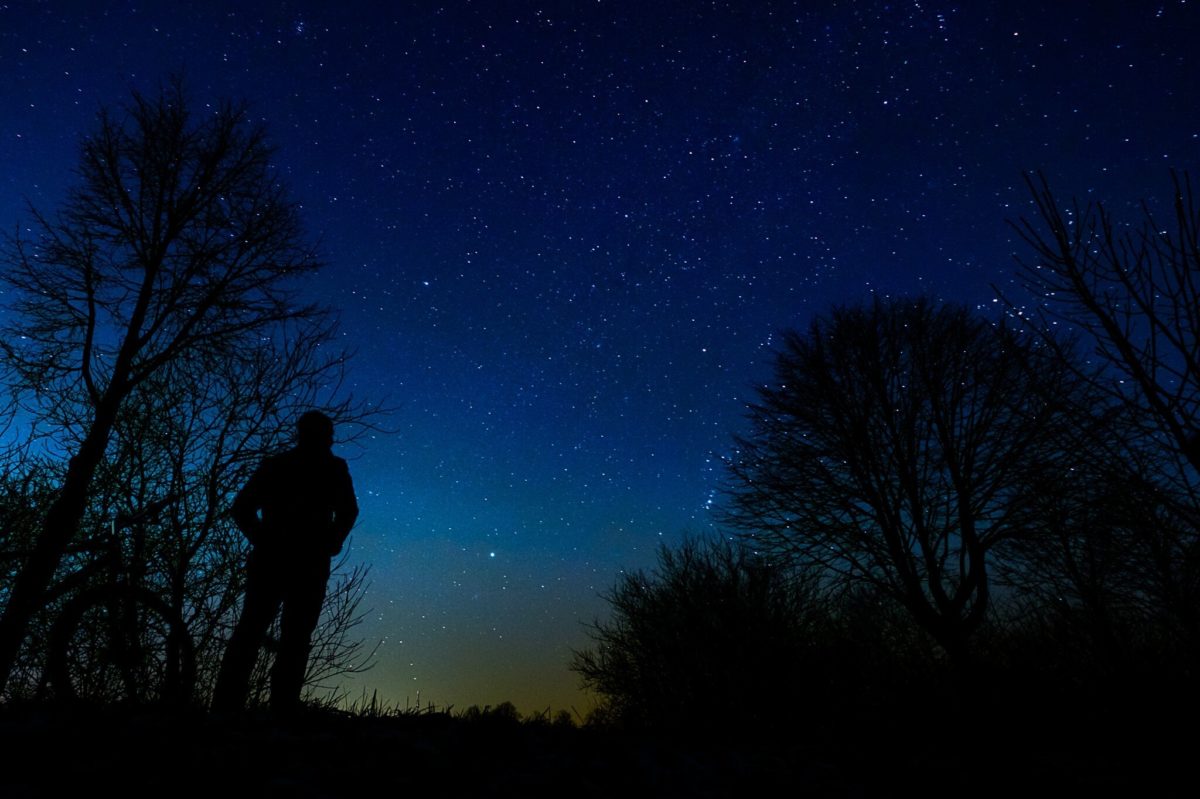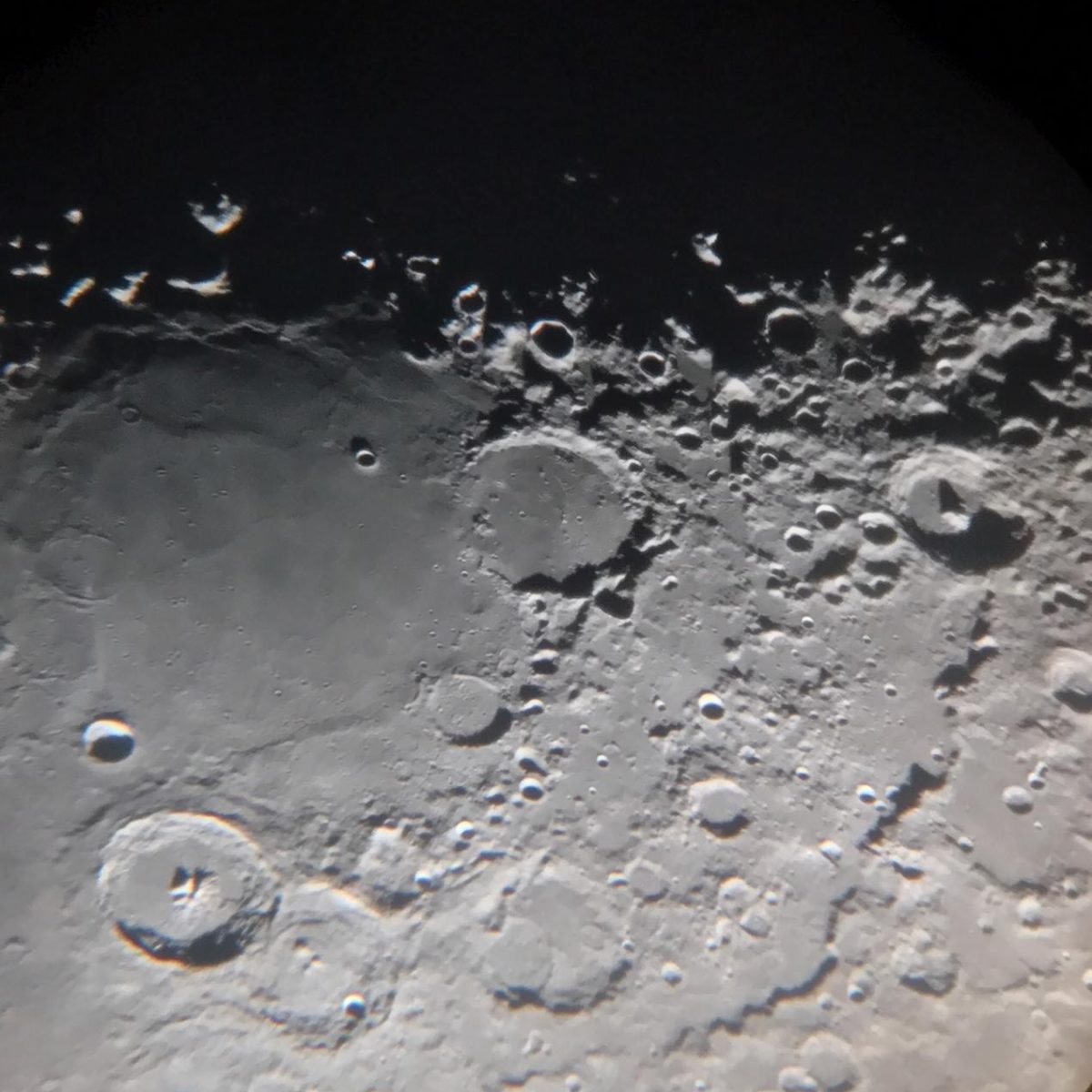Astronomy for Beginners
Learning to Explore the Night Sky
Whether you’re spotting planets with the naked eye or finding galaxies with a telescope, there are lots of ways you can take in the wonders of the universe from the comfort of Earth.
It doesn’t take much skill or equipment to get started with stargazing or amateur astronomy, and you can do it almost anywhere. Whether you use an app, binoculars, telescope, or just your eyes, there is much to discover.
Here are a few tips to get you started with astronomy for beginners, and some ways to deepen your connection to the cosmos.
Pick Your Spot
Some locations are better than others for stargazing, but you can still do it basically anywhere—from your window, balcony, backyard, local park, or somewhere a bit more remote.
Wherever you decide to observe from, it’s worth looking up that location’s Bortle class. The Bortle scale, named after its creator, amateur astronomer John E. Bortle, is a measure of a sky’s darkness. It runs from Class 1, the darkest skies available on Earth, through Class 9, inner-city skies. Even in Class 9 locations, there is a lot to see in the night sky. You can use an application like clearoutside.com to look up your location’s Bortle class, which will help you determine what sky objects you should be able to spot.
Get Oriented
If you don’t already know, learn where north, east, south, and west are from your vantage point.
The planets rise in the east and set in the west just like the Sun. The Moon also rises in the east and sets in the west, although its position will shift north or south depending on where you live and the time of year.
You can also learn some shortcuts to help estimate positions in the night sky. Sky positions are commonly measured in degrees, where 0 degrees is the horizon and 90 degrees is directly overhead. The width of your outstretched fist held at arm’s length covers about 10 degrees of the sky. If Venus is reported to be 15 degrees from the moon at a given time, you'll know that means roughly one and a half outstretched fists.
Learning which bright stars and constellations are visible as the seasons change will help as well, since the position of planets and other objects will often be described in relation to these standards.
Planets shine brighter than most stars, so they’re easy to recognize once you start looking up. Even in major cities planets are usually still visible since they are brighter than most stars.
You can find out what planets are visible during a given week by listening to Planetary Radio’s weekly “What’s Up” segment, or by subscribing to the weekly Downlink newsletter, both from The Planetary Society.
Choose Your Equipment
You don’t need a telescope to get acquainted with the night sky.
The most useful piece of equipment for stargazing these days is a good smartphone application. These apps can tell you what is visible from your location on a given night, and where to look. There are many to choose from, and the best are updated regularly by their developers to keep information accurate and up-to-date. You can also see what’s visible from your location via websites like timeanddate.com and stellarium-web.org.
Binoculars are the next step up from naked-eye astronomy. You don’t need astronomy-grade binoculars, although these are also available. Binoculars will help you see the Moon’s craters, Jupiter’s moons, and reddish Mars. They’ll also allow you to see distant Neptune and Uranus, which are generally not visible with the naked eye.
Using a telescope will allow you to see many more night sky objects, as well as stunning planetary features like Saturn’s rings and Jupiter’s stripes. We recommend that beginners start with smaller telescopes which are generally easier to transport and operate. Once you get hooked on telescope astronomy, you can start researching bigger and better telescopes to use.
How to pick the best beginner telescope
Picking out your first telescope can be overwhelming. This easy-to-follow guide will help you find the best telescope that you'll actually use.

Other Helpful Hints
Observing the Moon is one of the easiest ways to get started with astronomy. You can track the lunar cycle, and use binoculars or a telescope to see how your view of it changes. When the Moon is full, for example, it tends to be dazzlingly bright and one-dimensional. In contrast, when the Moon is a crescent shape (around first or last quarter phase) you’ll get a more dramatic view of its craters since they’ll be well-defined by shadows.
If you aren’t planning to observe the Moon itself, it’s best to do your observing during a time of the month when the Moon isn’t very full. The best time is during a new or crescent Moon. This way, the Moon’s bright light won’t blind your view of fainter objects like planets.
Saturn, Jupiter, Mars, and Venus are all fairly easy to spot in the night sky when they are up. If you see something that looks brighter than all the other stars, it’s quite likely a planet. With even a small telescope you can also see Jupiter’s four large moons: Io, Europa, Ganymede, and Callisto. Their positions change from night to night, which makes them all the more exciting to observe.
If you're hunting for particular night sky objects, it’s helpful to look up what those objects look like through your method of observation (eyes, binoculars, or telescope) so you know what to expect when you find them. Most of the popular space photos we see are processed to bring out colors and texture, so it's a good idea to know what they look like raw and unprocessed.
Natural objects aren’t the only things to look for. You’ll often see satellites passing overhead, and can even see the International Space Station as it passes above you. There are several apps and web sites to pick from that will give you exact times for your location, and you can sign up for email alerts directly from NASA.

Share the Fun
Once you’ve familiarized yourself with objects visible with the naked eye you can start to point them out to other people. It’s very satisfying to be able to point to a bright dot in the night sky and say with confidence, “That’s Jupiter!” You can also show others how to use the tools you’ve been using, whether stargazing apps, binoculars, or a telescope.
If you really want to spread the appreciation for the night sky, try setting up a small telescope in your local community (a.k.a. sidewalk astronomy). Choose somewhere with evening foot traffic, and make sure your city or town’s bylaws allow you to do so. You can show people objects like Jupiter, Saturn, or the Moon that are easy to appreciate. If you’re feeling particularly inspired, you can even ask them to consider joining The Planetary Society!
---
We’d like to send a big thanks to the many Planetary Society members who sent in their top backyard astronomy tips to help us create this guide.


 Explore Worlds
Explore Worlds Find Life
Find Life Defend Earth
Defend Earth



